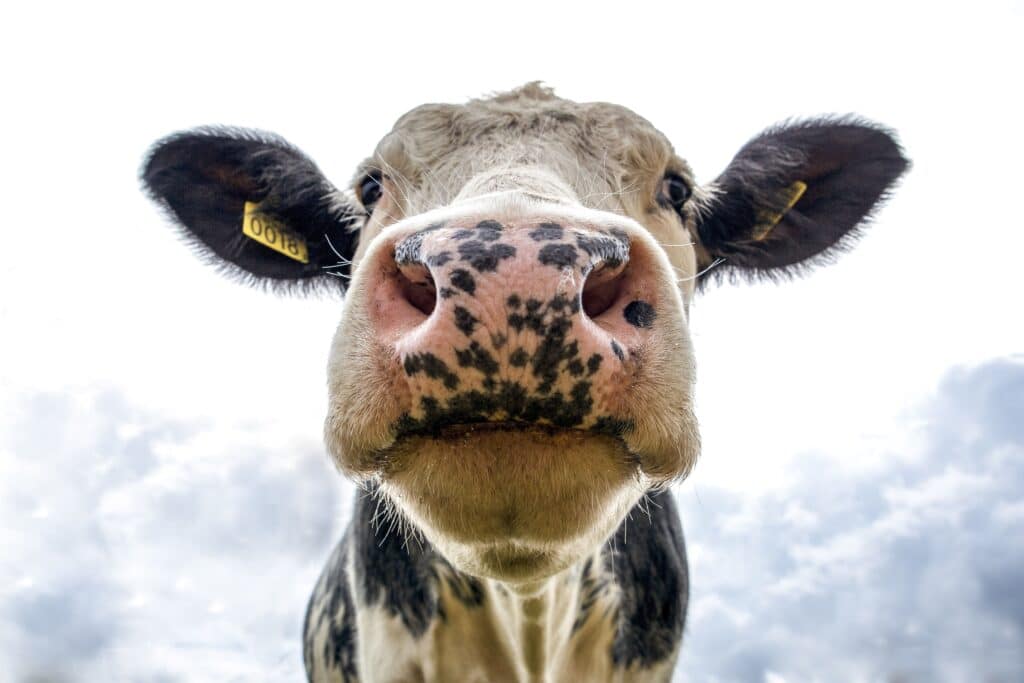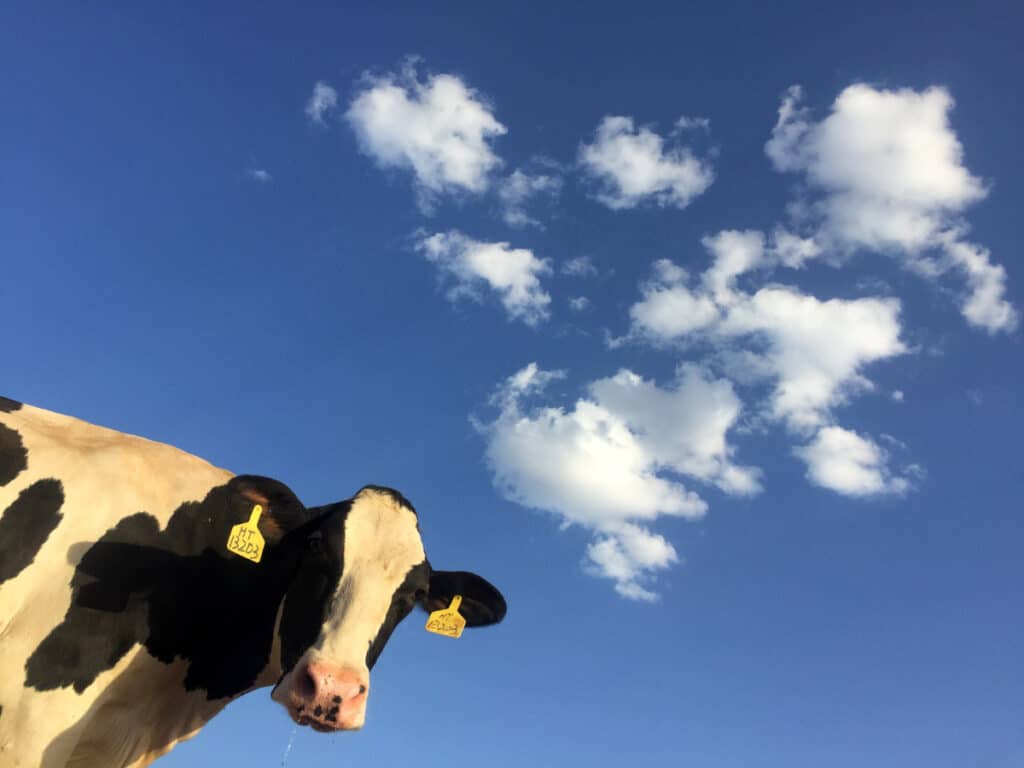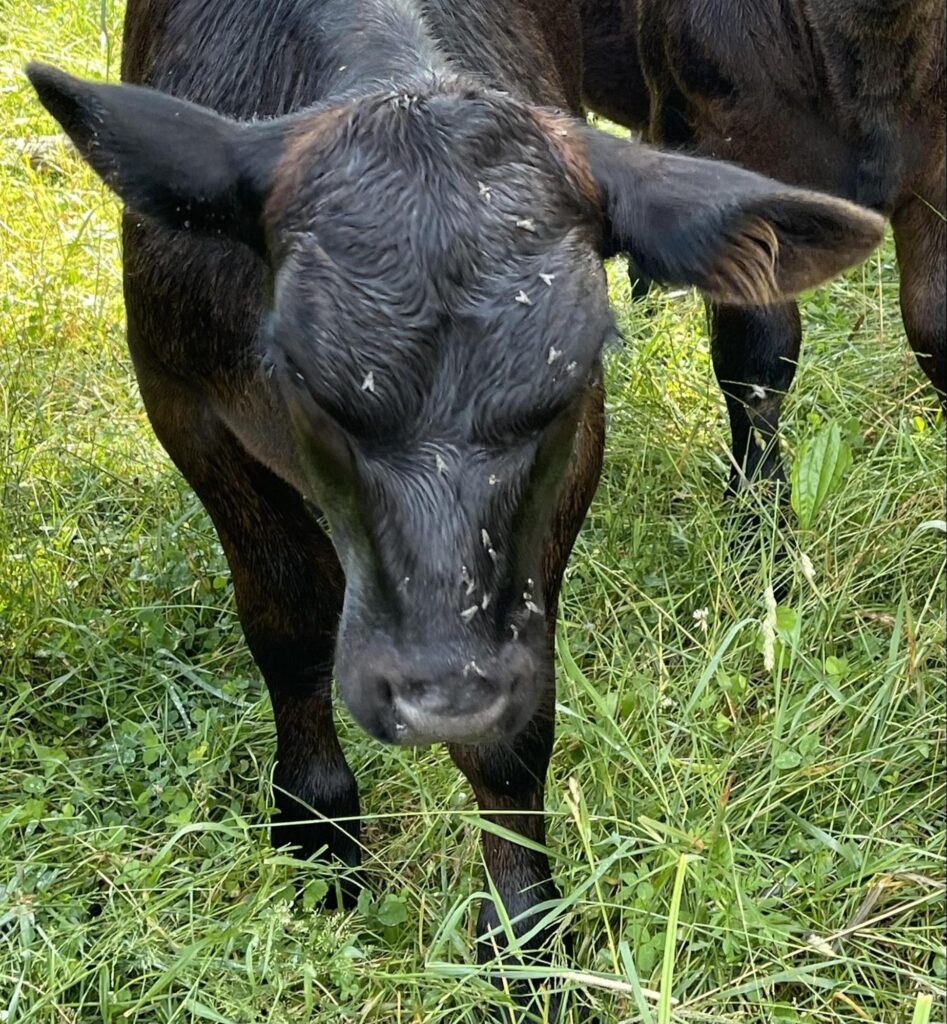
Methionine Is a Key Player in Transition Cow Success
The challenges associated with the transition period in dairy cattle are well documented. Thecombination of negative energy and protein balance, driven by high nutrient demand

The challenges associated with the transition period in dairy cattle are well documented. Thecombination of negative energy and protein balance, driven by high nutrient demand

It is widely recognized that inadequate dietary methionine can have a negative impact on bothmilk protein percentage and milk protein yield. A recent meta-analysis (Wei

We have received more calls about dead cows from HBS in the lately. Higher levels of ash coupled with mycotoxins and pathogens seem to be the common factor in these herds along with high levels of milk production.

We hear a lot about functional carbohydrates like MOS and beta glucans these days as they are two of the most well researched and understood components of yeast cell wall products.

With the wet weather that occurred in many parts of the region this spring, making quality haylage was challenging. One of the most important factors for making high quality haylage is moisture.

Summer is coming and with it, the negative effects of heat stress. Reductions in milk production as a result of heat stress is readily seen, but there are less immediate negative effects of heat stress such as reduced fertility and immune function.

Flies aren’t just an annoyance to livestock, left untreated, these pests can cost producers substantial economic losses in performance and health issues every year.

We are truly in unprecedented times. Consumption of dairy products will return to near normal levels later this year. Invest in your high producers and assure that they will be healthy and pregnant when you need them.

The winter chill is finally here in the Northeast U.S. and it is time for producers to keep an eye out for winter dysentery in their herds. From now until Spring, we’ll all be doing our best to make sure the herds we work with don’t fall prey to an outbreak of this menacing disease.

As we start planting our crops this year, our 2015 planting and growing season seems a distant memory. However, now that 2015 corn is being fed out, many of us are starkly reminded of the unpredictable weather patterns that caused mold and mycotoxins in crops last year.

As we are harvesting our crops, most of us are probably not thinking about mycotoxins and their potential risks. It is often thought that mycotoxins do not present a significant risk to beef cattle because they can break down the mycotoxins in the rumen.

Dr. Bobbi Bailey, Animal Nutrition Specialist with MarSyt along with Andy Fanko, independent livestock nutritionist, will deliver a lecture on “Digestive Disorders and their Impact on the Horse Industry” for the Farm and Stable Management class at the University of Findlay in Findlay, Ohio.

Amino acid balance in the lactating dairy cow ration is essential for optimal nutrient metabolism, strong immunity and milk synthesis.

Yeast culture and yeast cell wall components are effective products that have been fed to cattle for years and have been shown to exhibit a variety of beneficial properties affecting animal performance and health.

Summer is coming and with it, the negative effects of heat stress. Reductions in milk production as a result of heat stress is readily seen, but there are less immediate negative effects of heat stress such as reduced fertility and immune function.